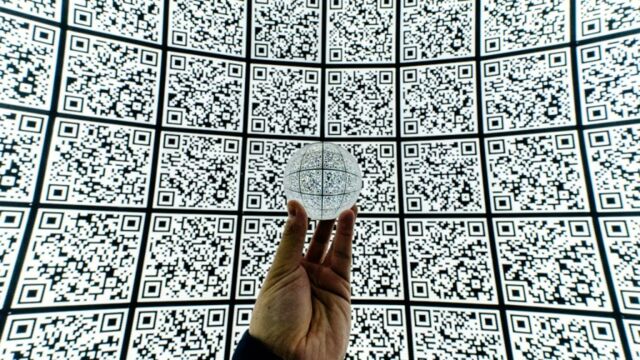QR Code stands for Quick Response Code, and it was not originally intended to be used to scan the cocktail list with your smartphone. It was much more technical than that.
Discover our latest podcast
Did you know that QR Code is inspired by the game Go, a Chinese game that uses black and white pieces on a grid platform? Read more to find out more exciting information about the technology which has made human life more convenient.
QR Code is born
It was 1994 in Japan, Masahiro Hara, the inventor of the QR Code, was an engineer in a company that deals with spare parts for Toyota. At the time, barcodes were used, but they were beginning to reach their limits. A barcode can only contain about twenty so-called alphanumeric characters.
That's when an idea struck him! He worked on the concept tirelessly and within a year Hara came up with the first QR Code, with 4,296 alphanumeric characters—200 times more than the barcode!
Connect offline to online
QR Codes were used to redirect people from 'paper' to 'digital' platforms. The QR Code 'connects the offline to the online.'
The QR Code took off and in 2015, it exploded, thanks to Snapchat in particular. The social network allows you to add people by simply scanning a personalised QR Code. Young people are adopting it, and so is the world. You know the rest... Today, it is utilized as health passes, restaurant menus, etc.
Future tool for medicine
QR codes are efficient and durable in nature. Just imagine how easy it has made our lives?
Barcodes can be illegible when crumpled, but QR Code, on the other hand, accepts a degree of degradability of 30%. Basically, even a third of a QR Code is still readable.
Hara sees great potential in the medical field and adds:
If the QR code can have the X-rays, the cardiogram information of people, in case of emergency, it could save lives.
For the record, Hara registered the patent of his QR Code as Open Source in 1999, i.e., free. It's stupid, but without that, maybe this square would never have made it big!















